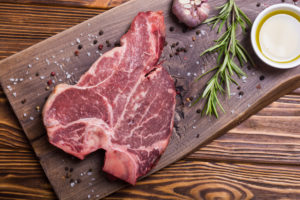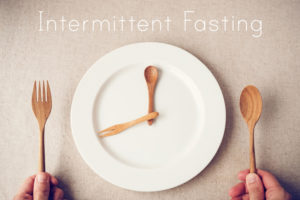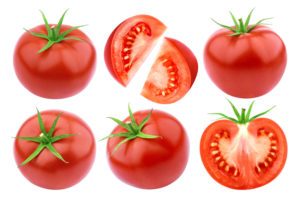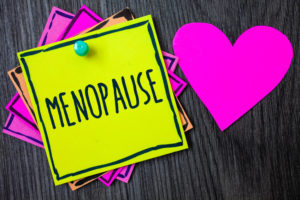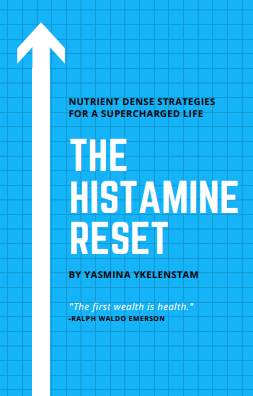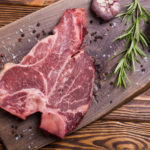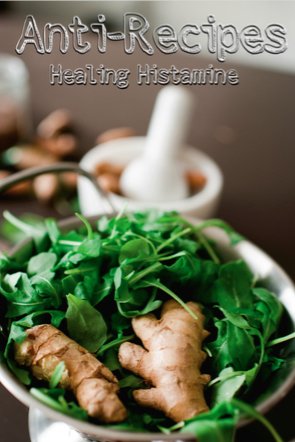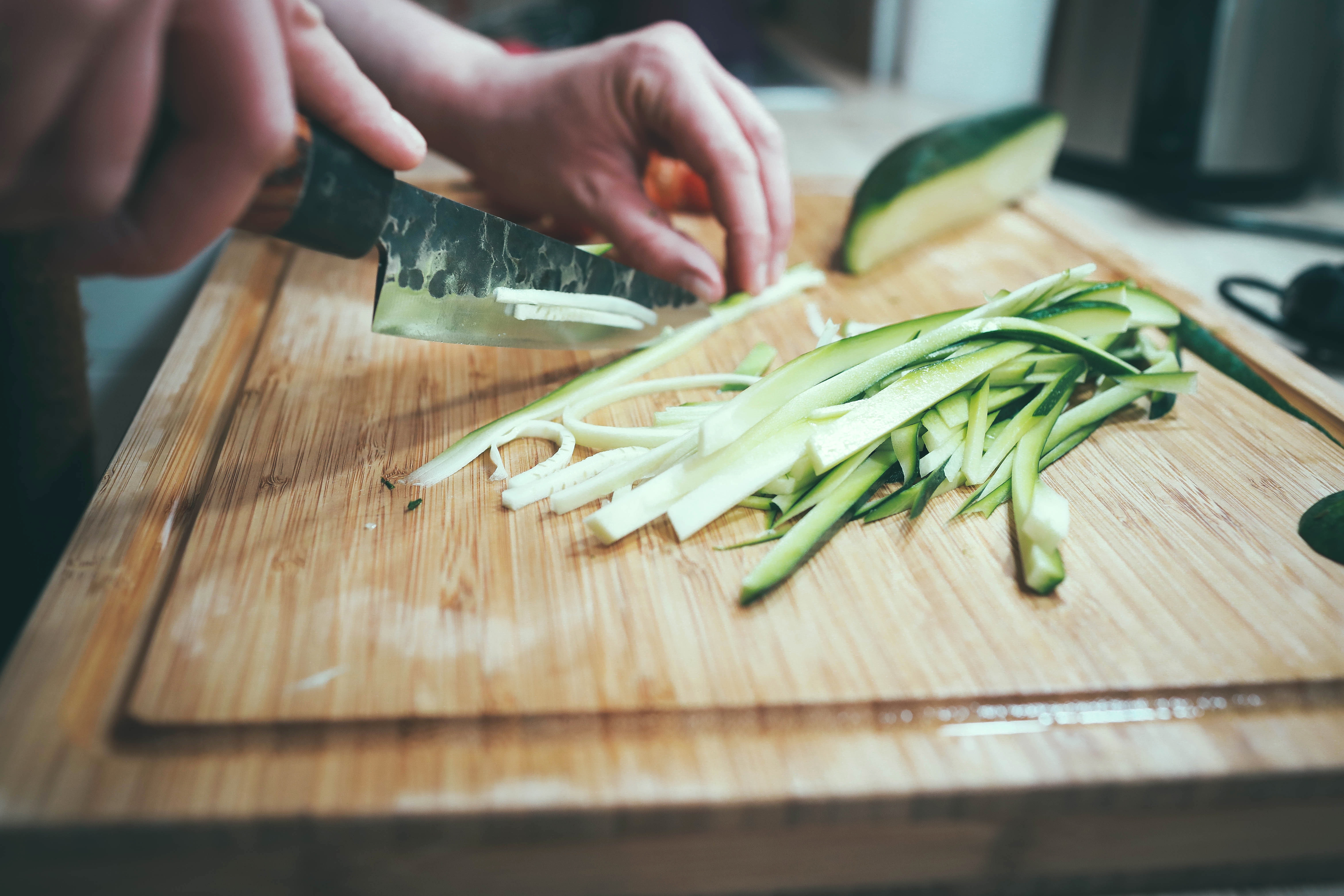
As I discussed in my post, Histamine & Salicylic Acid (Salicylate) Intolerance, those with mast cell disorders and histamine intolerance may also have reactions after being exposed to salicylates in foods and other substances.
WHAT ARE SALICYLATES?
Salicylates are a type of phenol, a group of naturally-occurring chemicals made up of a benzene ring with one or more hydroxyl (OH) groups attached. Phenols are rich in plant foods and have both benefits and drawbacks at certain amounts (high levels may be toxic) or for certain people.
SYMPTOMS OF SALICYLATE SENSITIVITY
- Itchy skin, hives, rash
- Stomach pain
- Asthma, chronic cough
- Headaches
- Swelling
- Fatigue
- Stuffy nose
- Tinnitus
SALICYLATE INTOLERANCE IS INVOLVED IN
Salicylate intolerance is believed to play a role in gastrointestinal disorders like IBS, colitis and Crohn’s.
It’s linked to asthma, and maybe attention deficit disorders, but certainly to inflammation as a whole.
Children with autism tend to have higher occurrences of salicylate intolerance. Dr. Rosemary Waring, a researcher at the Birmingham University in the UK, found that children with autism tend to have a deficiency of the phenol – sulfotransferase-P (PST) enzyme (the enzyme that breaks down the phenols like salicylates and also amines) and/or a lowered ability to break down sulfur compounds and convert them to sulfates. As a result, the children also had a deficiency in sulfates, which are needed by the PST enzyme to break down phenols and amines –salicylates and histamine.
In another study by Dr. Waring, people with chronic illness (fibromyalgia/CFS, IBS, migraines, arthritis, MCS, and depression) tended to have an abnormal cysteine to sulfate ratio — usually high cysteine levels to low sulfate levels. The above diagnoses are often found alongside a mast cell disorder/histamine intolerance diagnosis.
SALICYLATES AND SULFATES
The takeaway here is that those with histamine issues may also have difficulty breaking down salicylates due to lowered levels of sulfates.
Those with histamine issues tend to have chronic inflammation –and therefore high levels of pro-inflammatory cytokines. As a result, prostaglandins are produced. Prostaglandins are a group of lipids that our bodies produce at sites of injury, like damaged or infected tissues. They are a part of the body’s immune and inflammatory response.
SALICYALTES AND PROSTAGLANDINS
Prostaglandin D2 (PGD2) is the main prostaglandin that is released by mast cells along with histamine. It can have either inflammatory or anti-inflammatory effects, depending on the context. In fact, PGD2 can either increase or decrease inflammation in allergies. However, high levels of prostaglandin D2 are associated with a worse reaction to salicylic acid in medications, as were low levels of anti-inflammatory prostaglandin E2 (PGE2).
PGD2 is derived from arachidonic acid, which is an omega 6 fatty acid. Omega 6 fatty acids, when they are consumed too much in excess of omega 3s, creates inflammation — including such pro-inflammatory messengers as PGD2.
WHAT FOODS & NUTRIENTS CAN HELP LOWER SALICYLATE SENSITIVITIES?
Omega-3 Rich Foods
Omega-3 fatty acids have been shown to increase the conversion of COX enzymes to prostaglandin E3, which in turn prevents the conversion of arachidonic acid (Omega 6) to PGE2 and PGD2 and triggering an inflammatory response in the body.
One small study of only three patients with severe salicylate sensitivity (presenting as hives, anaphylactic reactions, and asthma require steroid therapy) found that supplementation with 10 grams of fish oil per day resolved their symptoms. When the dose of fish oil was lowered, symptoms relapsed.
Peppers! (Capsaicin)
Capsaicin is the compound that gives chiles their heat. According to both animal and human studies, regular consumption of capsaicin reduces the bioavailability of salicylates in the bloodstream, allowing a higher amount to be consumed without adverse effects.
Most peppers contain some level of capsaicin; however bell peppers, pimentos, and sweet banana peppers have none. Habanero, Thai, Tabasco, and Cayenne are some of the highest capsaicin-containing peppers out there. An informal “study” run by an Australian group documents the consumption of up to 1 gram of chili powder before high salicylate meals to avoid symptoms. I DON’T RECOMMEND THIS. A little
Nigella sativa
Histamine 2 antagonists (H2 antagonists or H2 blockers), like Zantac, have been shown to protect the stomach lining against aspirin (salicylic acid). So it’s possible that lowering histamine will decrease reactions to salicylates. Nigella sativa is a good natural H2 blocker, but it may be high in salicylates.
Take the stress out of meal planning and healing histamine with this four week meal planner and stress relieving program, now with bonus one week low salicylate plan.
LIFESTYLE STRATEGIES TO LOWER SALICYLATE SENSITIVITY
Get some sun!
UVB radiation from the sun (best from 10am to 3pm during the summer) has been shown to increase levels of anti-inflammatory PGE2, which has been shown to improve tolerance of (pharmaceutically derived) salicylates.
Epsom Baths
Epsom salts supply sulfur in the sulfate form directly through your skin. Normalizing your sulfate levels, as mentioned above, may help improve salicylate tolerance.
Desensitization
In a clinical setting, desensitization treatment is based on the administration of increasing quantities of acetylsalicylic acid (Aspirin). The first dose is usually 5 mg. The single doses are then increased up to 100 to 300 mg, which must then be taken once daily on a long-term basis.
CLICK HERE FOR A FOUR WEEK HISTAMINE RESET WITH MEAL PLANNERS, STRESS RELIEF STRATEGIES & MORE
———- REFERENCES ————
Baenkler, H.-W. (2008). Salicylate Intolerance: Pathophysiology, Clinical Spectrum, Diagnosis and Treatment. Deutsches Ärzteblatt International, 105(8), 137–142. http://doi.org/10.3238/arztebl.2008.0137
Buckman, SY, Gresham, A, Hale, P, Hruza, G, Anast, J, Masferrer, J, Pentland, AP. (1998). COX-2 expression is induced by UVB exposure in human skin: Implications for the development of skin cancer, Carcinogenesis, 19(5), 723-729.
Cavanagh, R. L.l Buyniski, J. P., & Schwartz, S. E. (1987). Prevention of aspirin-induced gastric mucosal injury by histamine H2 receptor antagonists: a crossover endoscopic and intragastric pH study in the dog. Journal of Pharmacology and Experimental Therapeutics, 243(3), 1179-1184.
Healy, E., Newell, L., Howarth, P. and Friedmann, P.S. (2008), Control of salicylate intolerance with fish oils. British Journal of Dermatology, 159: 1368–1369. doi:10.1111/j.1365-2133.2008.08830.x https://www.ncbi.nlm.nih.gov/pubmed/18795922
Joo, M., & Sadikot, R. T. (2012). PGD Synthase and PGD2 in Immune Response. Mediators of Inflammation, 2012, 503128. http://doi.org/10.1155/2012/503128
Maroon, J. C., Bost, J. W., & Maroon, A. (2010). Natural anti-inflammatory agents for pain relief. Surgical Neurology International, 1, 80. http://doi.org/10.4103/2152-7806.73804
Moss, M. and Waring, R. H. (2003). The Plasma Cysteine/Sulphate Ratio: A Possible Clinical Biomarker. Journal of Nutritional & Environmental Medicine, (13)4, 215-229.
O’Reilly, B.A. and Waring, R. H. (1993). Enzyme and Sulphur Oxidation Deficiencies in Autistic Children with Known Food/Chemical Intolerances. Journal of Orthomolecular Medicine, 8(4), 198-200.http://www.orthomolecular.org/library/jom/1993/pdf/1993-v08n04-p198.pdf
Yeoh KG, Kang JY, Yap I, Guan R, Tan CC, Wee A, Teng CH. Chilli protects against aspirin-induced gastroduodenal mucosal injury in humans. Dig Dis Sci. 1995;40(3):580-3.


